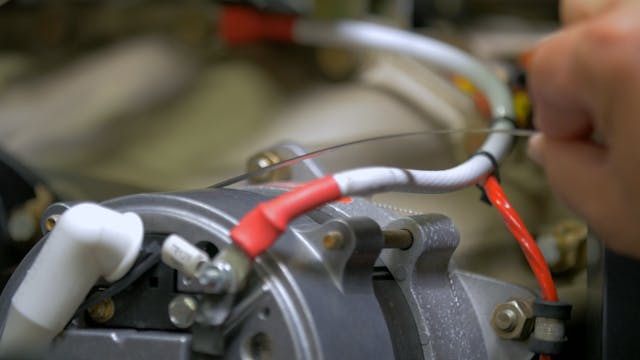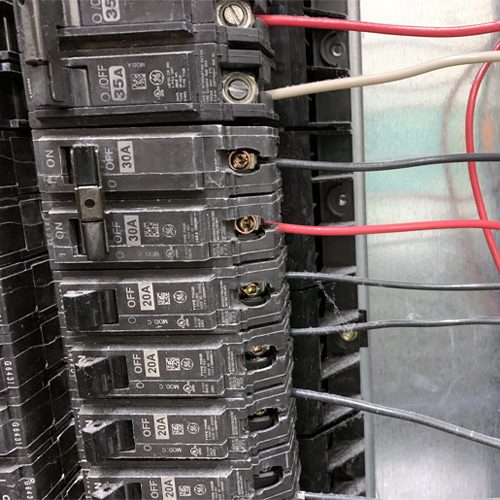Streamline performance with specialized mechanical system optimisation support.
Streamline performance with specialized mechanical system optimisation support.
Blog Article
Top Tips for Effective Electrical System Troubleshooting
Repairing electric systems needs a methodical method, grounded in an extensive understanding of electric concepts and safety procedures. The nuances of reliable fixing prolong past plain technical understanding; recognizing how to document searchings for and focus on safety can considerably affect outcomes.
Understand the Basics
Recognizing the essentials of electric systems is necessary for effective troubleshooting, as a strong structure allows service technicians to identify and deal with concerns more efficiently. A comprehensive understanding of electric principles, such as voltage, present, resistance, and power, is vital in identifying the source of troubles. Voltage is the electric possible distinction that drives current through a circuit, while resistance opposes the flow of present, impacting the general capability of the system.
Familiarity with circuit elements, including resistors, capacitors, diodes, and switches, is additionally critical. Each component plays a distinct function in circuit behavior and can impact performance when malfunctioning. Furthermore, understanding collection and identical circuit arrangements is important, as these setups affect the distribution of voltage and current within the system.
Moreover, understanding of safety protocols is important. Specialists should know potential threats, such as shock and short circuits, to implement risk-free troubleshooting practices. By mastering these foundational principles, specialists enhance their ability to perform efficient diagnostics and repair work, eventually bring about boosted efficiency and reliability of electric systems. This fundamental understanding is the cornerstone of successful troubleshooting undertakings.
Gather Necessary Equipment
Efficient troubleshooting of electric systems requires the appropriate collection of devices to diagnose and resolve problems precisely. Necessary devices include a multimeter, which determines voltage, present, and resistance, enabling for precise analyses of electric elements.
Additionally, protected hand devices such as screwdrivers, pliers, and cable strippers are vital for securely adjusting electrical links. It is additionally suggested to have a circuit tester accessible to confirm the visibility of voltage in outlets and wires. For more complicated systems, a thermal imaging video camera can assist discover overheating elements, indicating prospective failings.

Follow an Organized Technique
Having collected the suitable devices, the following action in fixing electrical systems is to follow an organized method. A systematic technique makes sure that specialists can identify faults successfully and properly, minimizing downtime and preventing unnecessary fixings.
Begin by examining the system's schematic diagrams and specs. Understanding the style and functional criteria will provide context for detecting problems. Next, isolate the problem area by making use of a procedure of removal. This includes checking each component systematically, beginning with the source of power and functioning in the direction of the load.
Utilize screening tools, such as multimeters and oscilloscopes, to collect objective data regarding voltage, current, and resistance at numerous points within the system. This empirical evidence will certainly direct your troubleshooting efforts directory and aid to confirm or eliminate prospective reasons for failing.
Additionally, think about environmental variables that might influence the system's performance, such as temperature variations or wetness ingress. An extensive assessment of circuitry, links, and parts will guarantee that all possibilities are made up.
File Your Findings
Detailed documentation is vital in the troubleshooting procedure of electric systems. This method not only help in recognizing the origin cause of the trouble but additionally serves as a referral for future fixing efforts.

In addition, keeping a log of components replaced or repair services executed is invaluable. This info sustains inventory Website administration and can assist evaluate the durability and dependability of specific parts.
Ultimately, the documentation procedure need to be detailed yet succinct, enabling easy retrieval and review - electrical system troubleshooting. By focusing on thorough documentation, professionals can create a beneficial data base that not just aids in current troubleshooting however additionally encourages future upkeep efforts, thus enhancing overall system reliability

Prioritize Safety Measures
Identifying the fundamental dangers connected with electrical systems is critical for making certain security throughout troubleshooting. Electric shock, burns, and equipment damage are just a few of the possible dangers that service technicians deal with. Prioritizing precaution is not only a legal commitment but additionally a moral essential that safeguards both the technician and the surrounding atmosphere.
Prior to beginning any troubleshooting task, service technicians must put on proper individual protective devices (PPE), consisting of insulated handwear covers, shatterproof glass, and flame-resistant garments. Ensuring that the workplace is dry and free of clutter can dramatically minimize the threat of accidents. It is important to de-energize circuits prior to beginning any kind of work, verifying that they are not live through the use of a multimeter or voltage tester.
Establishing clear communication procedures with staff member is additionally crucial; this guarantees that everybody knows prospective risks and the status of the electric system being serviced. Having an emergency feedback plan in place can show vital in the occasion of a case. By focusing on precaution, professionals can effectively reduce risks and cultivate a safer work environment.
Verdict
Reliable electrical system troubleshooting relies on a detailed understanding of fundamental concepts and a have a peek here systematic approach. Focusing on safety actions ensures the wellness of individuals included and the integrity of the electrical system.
Report this page